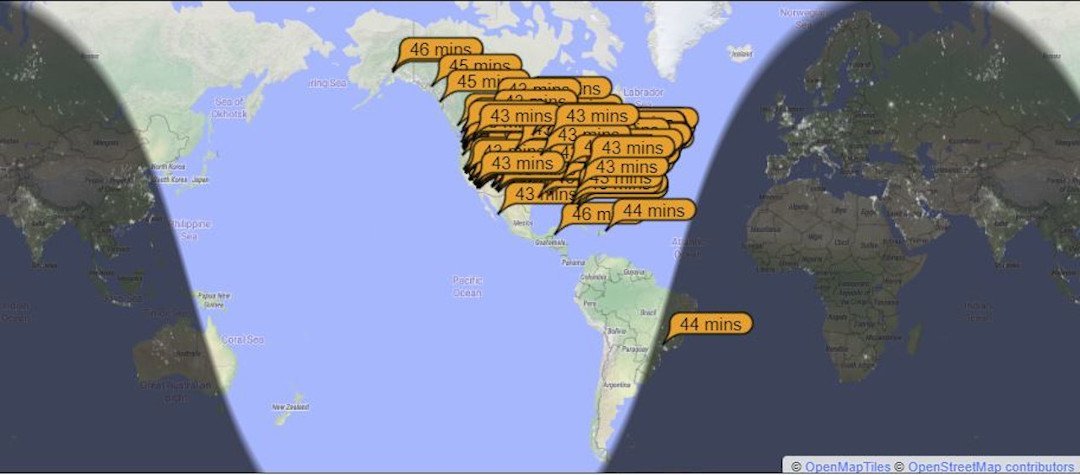Amateur radio operators all over the world are asking themselves this question: How is radio wave propagation? Radio wave propagation is the behavior of radio waves as they travel, or are propagated, from one point to another, or into various parts of the atmosphere (Wikipedia). In simple terms, the answer to this question tells us how easy or difficult making radio contacts will be today. There are many prediction tools available online to estimate radio wave propagation for next week or the week after…but they are only predictions…you never know for sure until you try.
The solar-terrestrial data panel, shown here, provided by Paul L Herrman (N0NBH) through his website http://www.hamqsl.com/solar.html is very helpful. I can confirm that for today the data is accurate. Today’s propagation has not been great, so I decided to create this post instead of making contacts, ha, ha.
Operating digital modes like FT8 provide additional tools to know for sure how propagation is for our specific location, radio, and antenna setup. The software used for FT8 allows the option of reporting the stations we hear to a single point: https://pskreporter.info. I chose to report the stations my radio hears so that I contribute – the more stations reporting the better it works as a propagation tool. I rely on PSKReporter to visualize what stations can hear me and determine how radio wave propagation is for me at the moment.
Location of stations hearing my CQ K6YES on 17 meters FT8 digital mode
Location of stations hearing my CQ K6YES on 20 meters FT8 digital mode
The screenshots above show that propagation was better on 17 meters than 20 meters at that specific time (give or take a couple of minutes). Stations all over North America, South America, and possibly Australia could hear my call on 17 meters, but practically only stations in North America could hear my call on 20 meters. However, note that 20 meters had better propagation than 17 meters if I was trying to make a contact with a station in Alaska. Using PSKReporter is extremely helpful for the idiosyncrasies of propagation…like trying to make a contact with a station in Alaska today.
I will discuss “meters” in amateur radio another time, but for now…let’s just say they mean a different frequency on my radio for communications. Well…let’s get back to FT8…to try the radio wave propagation. The interesting thing about propagation is that it can change at any time. We can have poor propagation at any given moment but it can suddenly change to great propagation for a few seconds, minutes, or hours even.
73s, K6YES.




